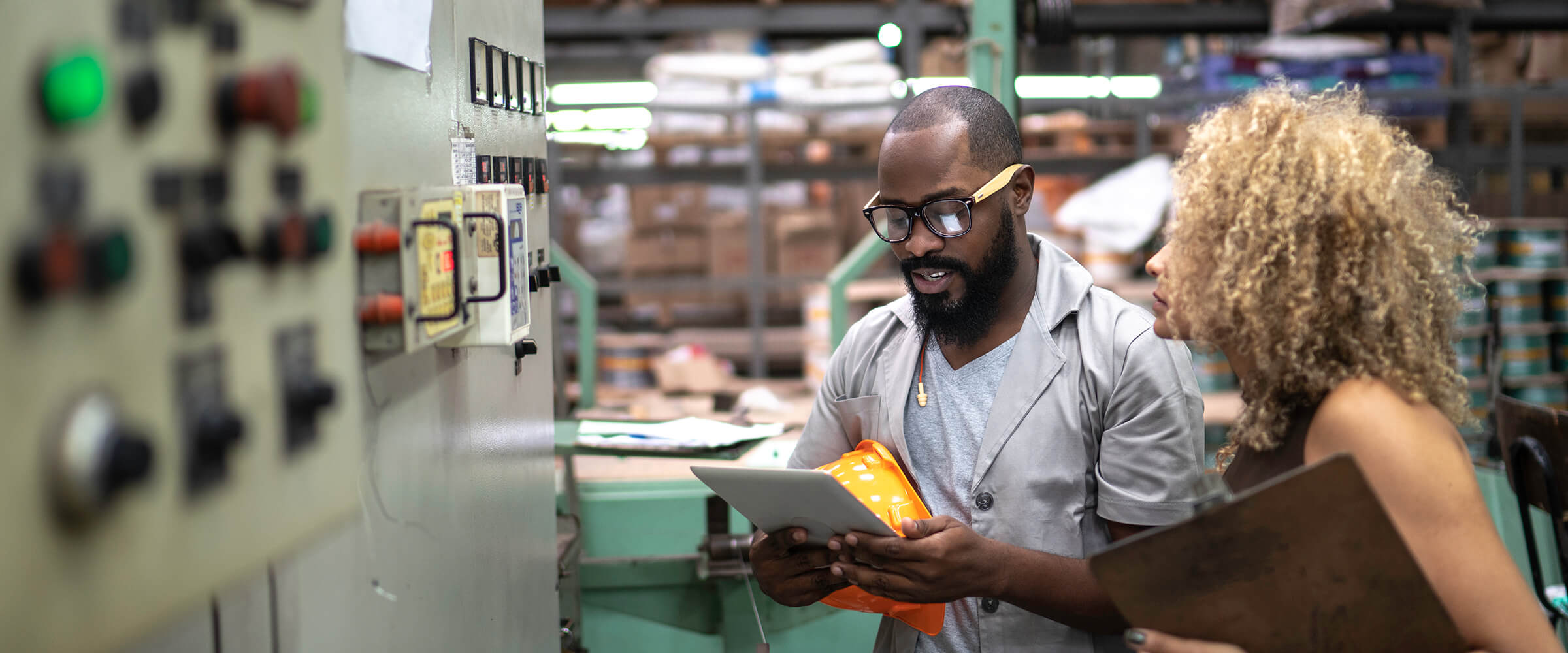Get unique, complex parts easily. No matter your requirements, Chaoyi Spring creates hard-to-produce coil springs and wire forms.
Let us help you create the custom wire form you need, from S-hooks and J-hooks to utility hooks and more.
We work closely with customers across a wide range of industries, helping them design and manufacture made-to-order parts.
Why choose Chaoyi Spring? We prioritize customer-focused collaboration, modern equipment and the latest technology to make your parts per print.
Find the information and guidance you need, from measuring a spring to learning about materials, placing an order and much more.
Springs, ubiquitous in countless applications, are marvels of engineering that store and release mechanical energy. Understanding how to calculate the maximum compression of a spring is crucial for ensuring its


Springs, ubiquitous in countless applications, are marvels of engineering that store and release mechanical energy. Understanding how to calculate the maximum compression of a spring is crucial for ensuring its safe and effective operation. Whether you're designing a suspension system for a car, building a custom spring-loaded mechanism, or simply curious about the limits of your spring, this guide provides the essential knowledge to determine maximum spring compression.

Before delving into maximum compression calculations, it's essential to grasp some fundamental spring concepts. Springs are characterized by their spring rate or stiffness, measured in units of force per unit of displacement (e.g., N/mm or lbf/in). A higher spring rate signifies a stiffer spring, requiring greater force to compress or extend it a given distance.
Springs are typically designed to operate within a specific range of compression or extension. Exceeding this range can lead to permanent deformation, failure, or even catastrophic spring breakage. Therefore, determining the maximum compression a spring can handle without experiencing detrimental effects is crucial for safe and reliable operation.
Several factors play a role in determining the maximum compression a spring can withstand. These include:
While the exact maximum compression for a specific spring can be complex to calculate accurately, you can estimate it using the following steps:
Remember, these calculations provide a rough estimate. Factors like spring end conditions, the type of loading (static or dynamic), and potential fatigue effects can influence the actual maximum compression. It's essential to consult with a spring manufacturer or engineer for precise calculations and design guidance, especially for critical applications.
The maximum compression limit is a key factor in ensuring a spring's safe and effective operation. By understanding the factors that influence maximum compression and employing appropriate calculation methods, you can confidently design and use springs for your applications. Always prioritize safety by incorporating safety factors and seeking expert advice when necessary.
The selection of a suitable spring depends heavily on the specific application. Here are some factors to consider:
By carefully considering these factors, you can choose the right spring to ensure optimal performance and reliability. Remember, consulting with a spring manufacturer or a qualified engineer can provide valuable insights and guidance for specific applications.
Here are some examples of how maximum compression plays a vital role in different applications:
Understanding maximum spring compression is fundamental for achieving safe and efficient operation in countless applications. By considering the factors that influence compression, employing proper calculation methods, and applying safety factors, you can confidently design, select, and use springs to meet the demands of your specific needs.
Remember, when in doubt, it's always prudent to consult with a spring manufacturer or a qualified engineer for expert guidance and to ensure the optimal performance and longevity of your spring-based designs.
As you embark on your spring-related projects, remember that understanding maximum compression is an essential piece of the puzzle. It's not just about ensuring safety, but also maximizing performance and extending the lifespan of your spring-powered creations. Let this knowledge empower you to design and use springs with confidence and precision.
Browse some of the custom wire forms and springs that we manufacture. Don’t see what you need? We specialize in made-to-order products that meet your application requirements.
Visit Our GalleryNeed a custom wire form or coil spring? We make it work. Fill out the contact form and a representative will respond within 1 business day. If you have a PDF or CAD file, you can submit to request a quote.